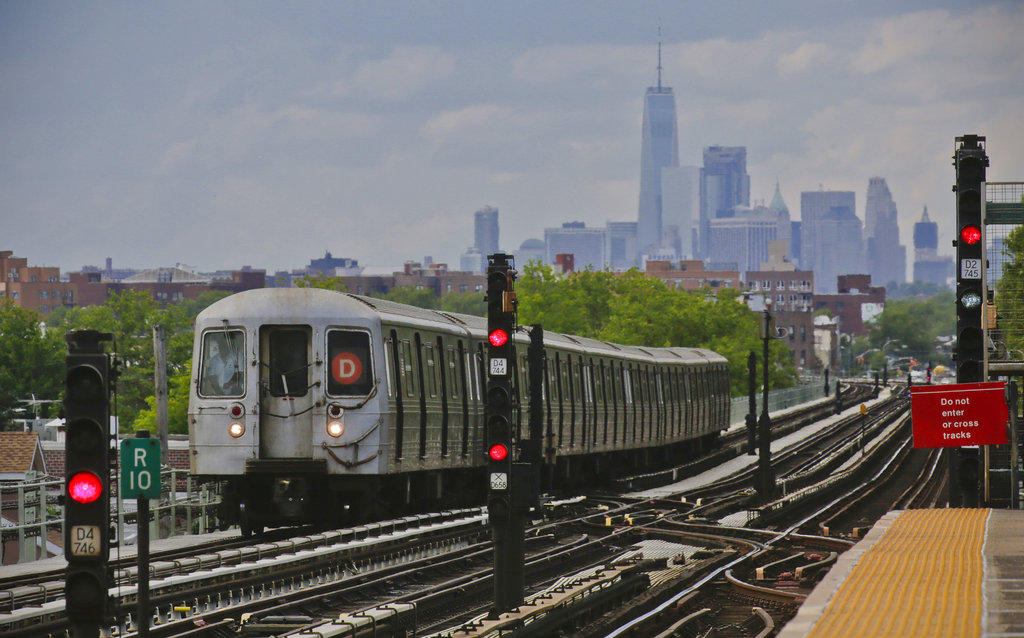Happy 57th Birthday to Brooklyn Public Transportation

The success of public transportation can be traced back to one of the late President Lyndon Johnson’s greatest accomplishments which continues benefiting many Americans today. On July 9th, 1964 he signed the Urban Mass Transportation Act of 1964 into law. Subsequently this has resulted in the investment over time of several hundred billion dollars into public transportation.
Millions of Americans including many residing in Kings County today on a daily basis utilize various public transportation alternatives. They include local and express bus, ferry, jitney, light rail, subway and commuter rail services. All of these systems use less fuel and move far more people than conventional single occupancy vehicles. Most are funded with your tax dollars thanks to President Johnson.
Depending upon where you live, consider the public transportation alternative. Try riding a local or express bus, commuter van, ferry, light rail, commuter rail or subway.

Brooklyn Boro
View MoreNew York City’s most populous borough, Brooklyn, is home to nearly 2.6 million residents. If Brooklyn were an independent city it would be the fourth largest city in the United States. While Brooklyn has become the epitome of ‘cool and hip’ in recent years, for those that were born here, raised families here and improved communities over the years, Brooklyn has never been ‘uncool’.